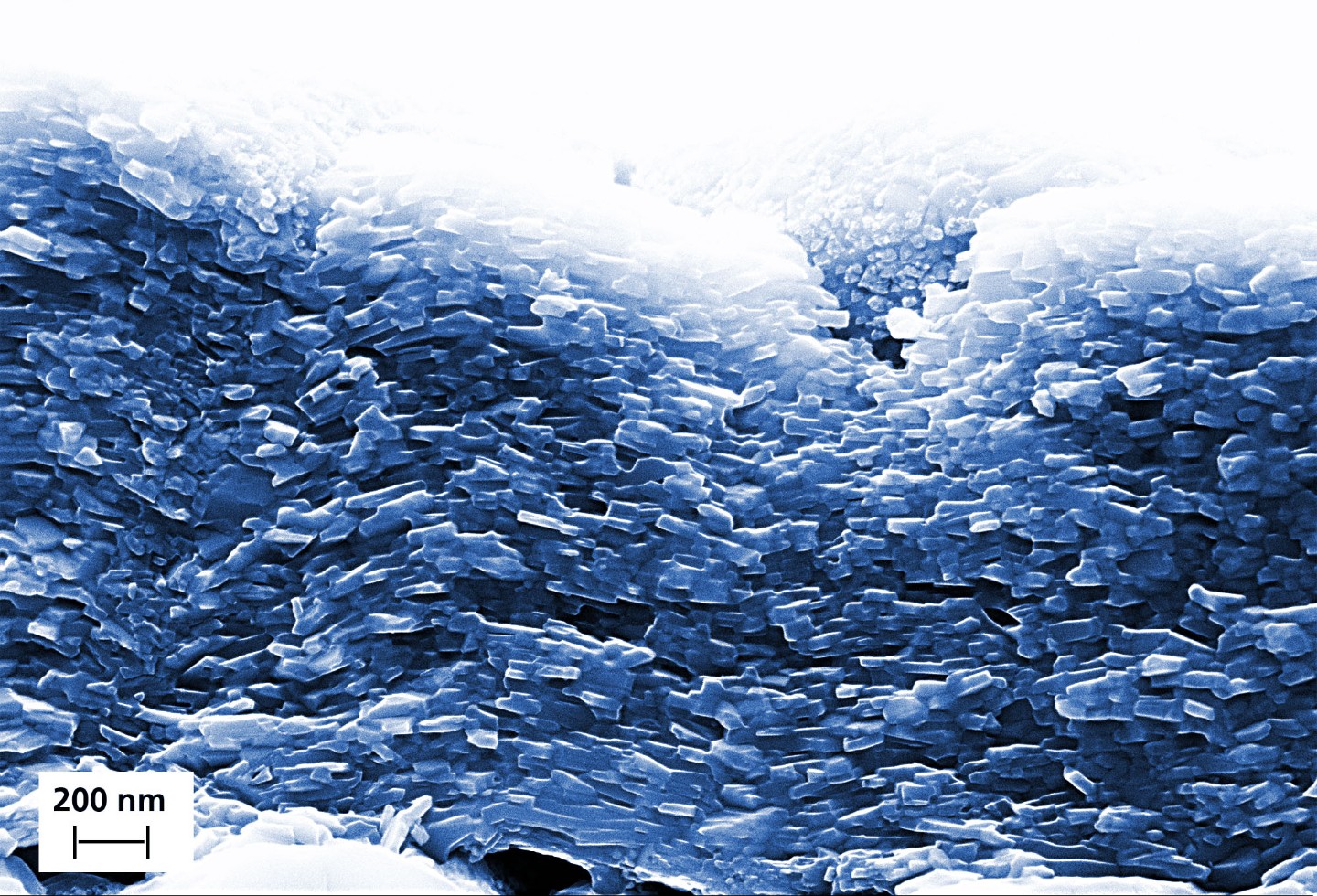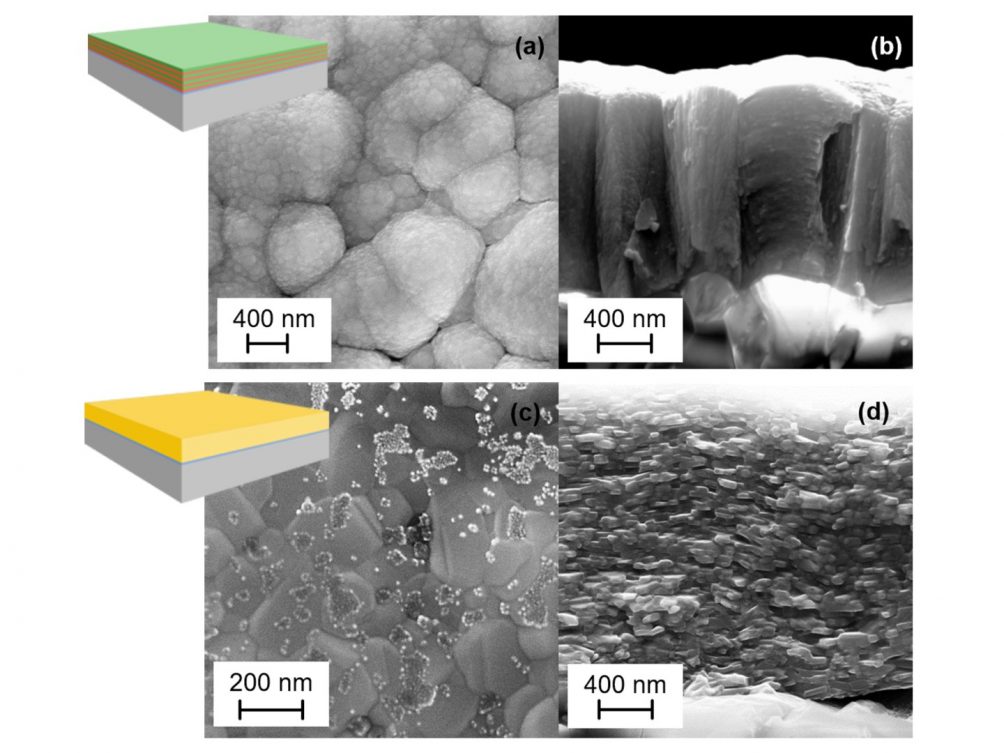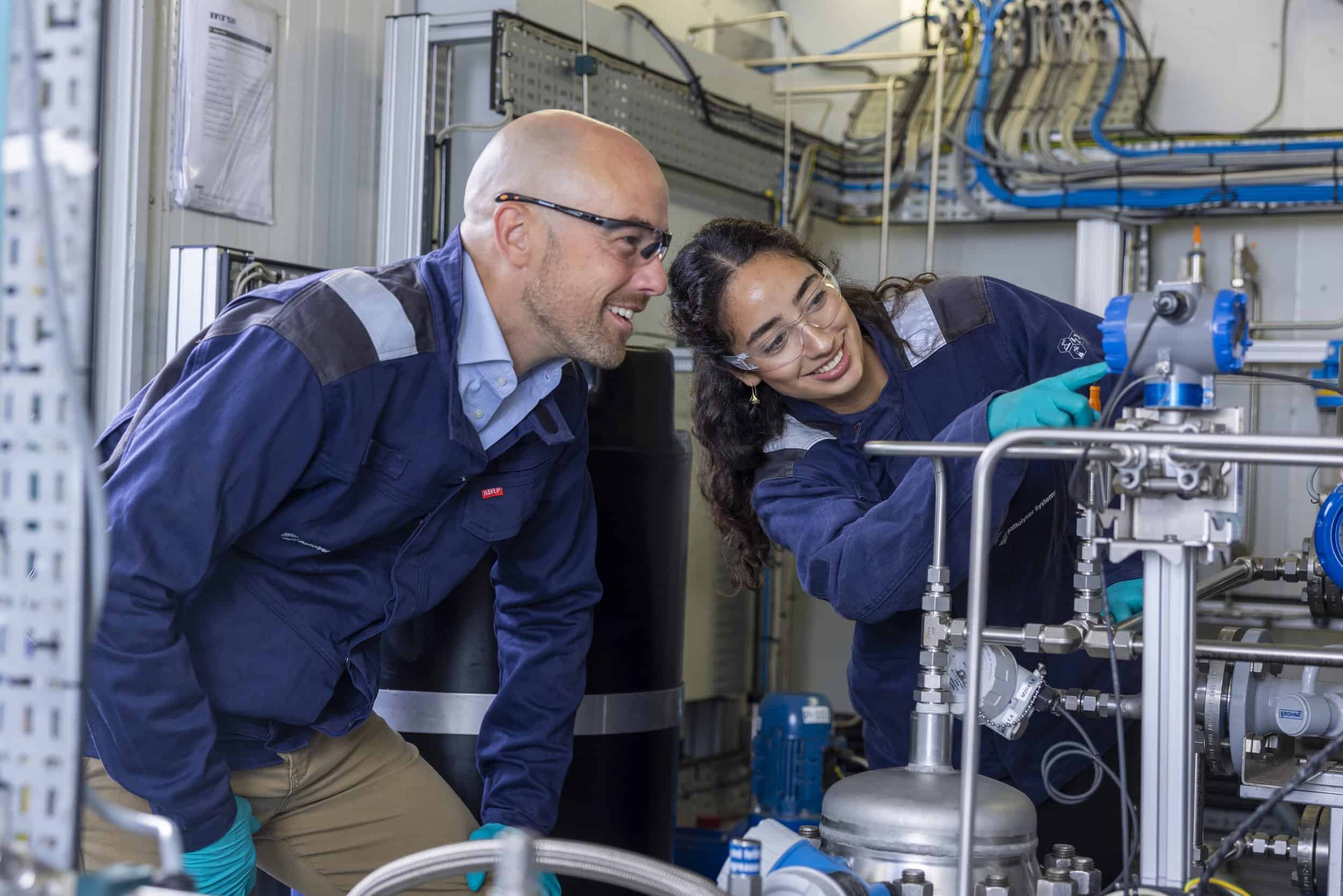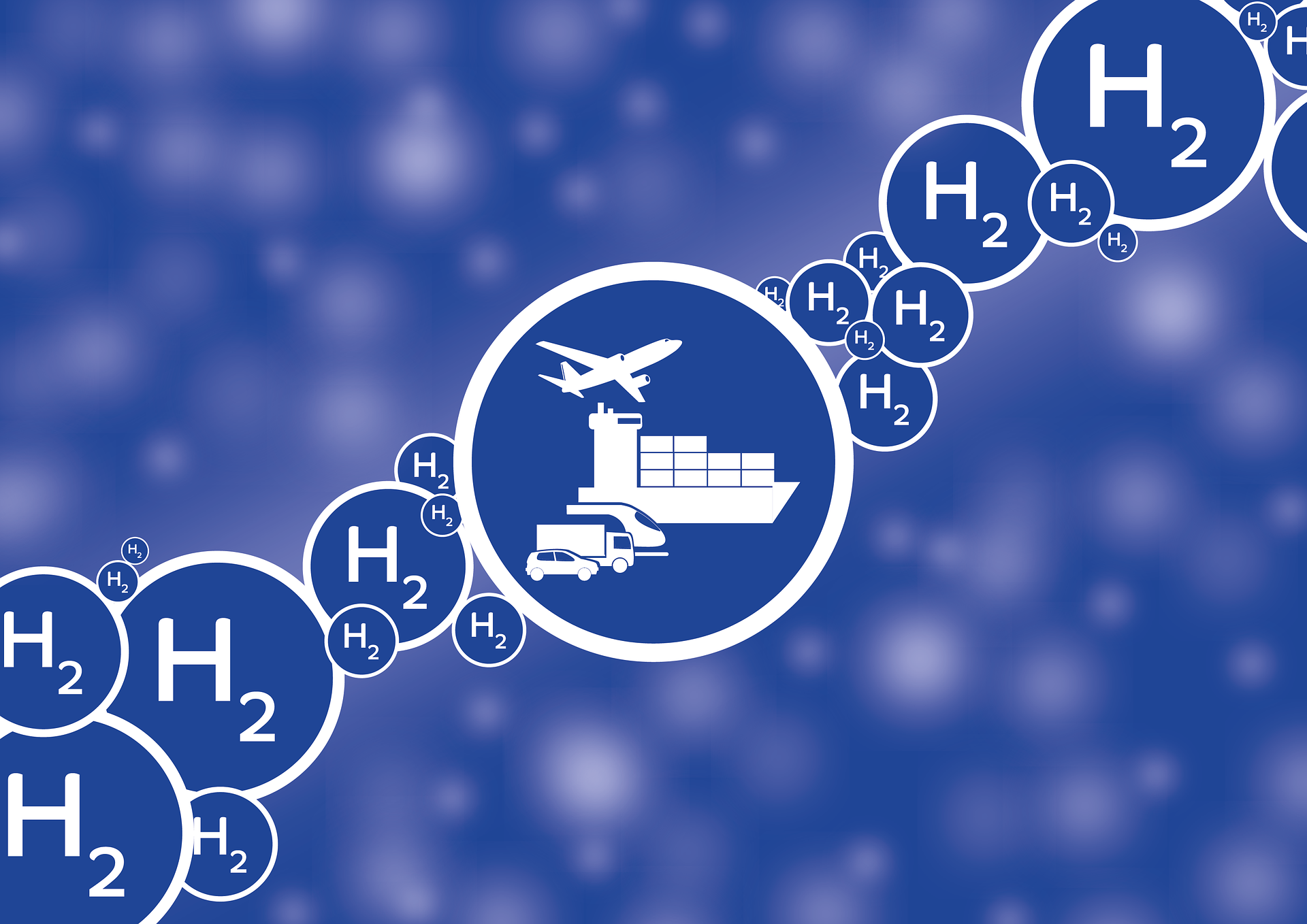
In the long term, hydrogen has the potential to replace petrol and diesel as fuel for vehicles. It can also be mixed with natural gas and used in existing gas-fired power plants to generate energy. Or it can be used to supply electricity and heat in fuel cells, thereby helping to protect the environment. This is because hydrogen is a far more environmentally friendly energy resource than fossil fuels. As long as it is produced from renewable energy sources, such as wind or solar power. This is because only water is released as a waste product when it is burned. Moreover, hydrogen can be stored very effectively.
However, there are a few difficulties to surmount before hydrogen can be used on a large scale. One of these is that atomic hydrogen renders metals brittle, especially at high temperatures. In turn, this can cause structural parts to fail. As it accumulates in precisely those areas where it is subject to the most stress: welding seams, or when under tension.
Hydrogen barrier combines the strengths of ceramics and metal
In his doctoral thesis at the Fraunhofer Institute for Mechanics of Materials IWM, MikroTribologie Centrum µTC, and the Institute for Microsystems Technology at the University of Freiburg, (all in Germany), physicist Lukas Gröner has now developed and tested special coatings for steel components that almost completely prevent atomic hydrogen permeation. These are called MAX-phase materials, which have been the focus of international research for more than ten years.
“MAX-phases have amazing properties because they combine characteristics of ceramics with metals,” Lukas Gröner explains. MAX-Phases, like ceramics, are impervious to oxygen corrosion and highly heat-resistant. At the same time, they are electrically conductive, just as metals are. Though unlike pure ceramics, they are not brittle and therefore do not break. Gröner has now produced thin MAX-phase coatings that protect steel extremely well against corrosion and embrittlement caused by hydrogen permeation.

New test rig measures barrier effect
On a test rig developed in-house for sheet metal samples, Gröner tested how well the MAX-phase layer prevents hydrogen from penetrating metal. He compared uncoated steel with MAX-phase coated steel. This was the first time that he was able to precisely quantify the level of hydrogen permeation. This determined the Permeation Reduction Factor (PRF) used to measure the barrier effect, the researcher explains.
It turned out that steel with a MAX-phase layer that had not been heated withstood hydrogen 50 times better (PRF 50) than untreated steel. Yet the results were particularly impressive for coated steel that had been heated and which had formed an α-Al2O3 layer. The protective properties of this MAX-phase layer are 3,500 times greater than those of untreated steel. “These are values that fully satisfy the industry’s requirements,” stresses Lukas Gröner.
Practical trials
Gröner is currently testing how well the MAX-phase layers work in practice in collaboration with partners such as the Jülich Research Centre. The tests are carried out on high-temperature solid oxide fuel cells (SOFCs) that operate at temperatures of around 600 degrees Celsius. “The MAX-phase coatings are ideal for these types of applications because they protect the metallic components from heat. At the same time, they are able to dissipate the electric current generated inside the fuel cell,” says Gröner.
Gröner added that the coating is also suitable for gas turbines, as more and more renewable hydrogen will be mixed with natural gas in the future. However, this will lead to a higher combustion temperature for gas, which in turn increases the risk of hydrogen embrittlement. This is why coating parts with α-Al2O3 could be very advantageous, the scientist emphasizes.
Gröner believes that it is still unclear if the new coating process will be marketed as a service by industry in the future. Or whether it will find its way onto the market some other way. The various PVD coating steps also need to be optimized.
Lukas Gröner recently published the results of his work in the journal Materials.
Title picture: SEM image of the fractured edge of a Ti2AlN layer with a platelet-like structure. © Fraunhofer IWM








